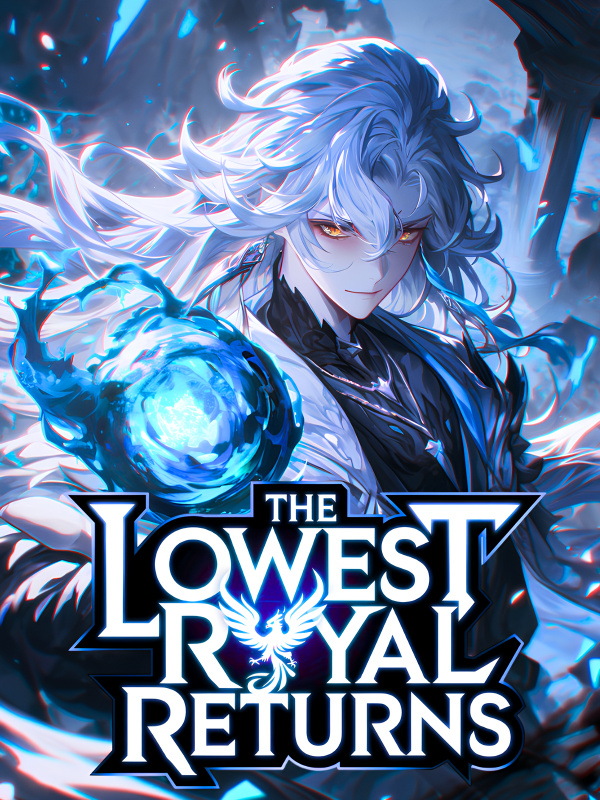©NovelBuddy
I have a wildlife zoo-Chapter 745 - 744 I Dont Feed Cats I Feed Raccoon Dogs
Chapter 745: Chapter 744: I Don’t Feed Cats, I Feed Raccoon Dogs
Chapter 745 -744: I Don’t Feed Cats, I Feed Raccoon Dogs
Wang Yan frowned as he watched, filming a video and chatting up a man next to him who was watching the commotion, “Who’s feeding cat food here? How can you feed them like this?”
The man said, “I’m feeding them. What’s the issue?”
Wang Yan froze, realizing the very person he was looking for was right beside him!
Stunned, he said, “Feeding them like this, the raccoon dogs will eat it up, and they’ll become a plague.”
The man replied, “I’m not feeding cats, I’m feeding raccoon dogs. I think raccoon dogs are cuter than cats.”
He challenged, “People feed stray cats, why can’t I feed raccoon dogs?”
Wang Yan explained, “Feeding stray cats or raccoon dogs is bad behavior regardless…
When juvenile raccoon dogs can leave the den, they follow their parents to learn survival skills, like finding food and avoiding humans. After weaning, the inexperienced young raccoon dogs are driven out to reduce the family burden and start venturing into unfamiliar territories to live independently.
During this process, many succumb to hunger, disease, natural predators, harsh weather, or traffic accidents, and only a few skilled and strong individuals survive. This is the natural way animal populations work, with the survival of the fittest ensuring the population stays healthy and robust.
We’ve observed that the ratio of juvenile to adult raccoon dogs in the neighborhood is about 5:1, which means almost every newborn raccoon dog survives—a highly abnormal situation.
If juvenile raccoon dogs can survive just on cat food without learning other survival skills, they will completely lose their ability to live independently, making them incapable of surviving in the wild.
Moreover, wild animals need to migrate to find new habitats, establish territories before wintering and breeding. Feeding stations make them lose their natural movement patterns and ability to migrate and reproduce, resulting in a severe decline in the raccoon dogs’ overall vitality.”
Fang Ye said, “Raccoon dogs are naturally timid and shy creatures which indeed are quite cute. However, when they become accustomed to being fed, they lose their fear of humans and may even become more aggressive and invasive, just like the monkeys on Mount Emei.
Normal raccoon dogs don’t fight and bite each other every day like this. An increase in their numbers could also lead to the outbreak of contagious diseases, which is part of the natural regulatory mechanism.
Raccoon dogs are canids and, in theory, can carry the rabies virus. If their numbers swell and they develop aggression toward humans, we may have to deal with them, making them pay for human mistakes.
Feeding might be well-intentioned, but it can actually harm them.”
Although people had discouraged him from feeding the animals before, no one had ever explained the reasons so clearly.
The man felt he was showing kindness and was indifferent to the dissuasion. Rather, he felt a rebellious urge, thinking defiantly, ‘If you tell me not to feed them, I’ll feed them all the more!’
After hearing about the consequences, he no longer seemed self-righteous. His expression was not clear in the darkness, but he seemed a bit sheepish, muttering quietly, “Alright, I’ll be more careful in the future.”
Leaving the feeding site, Fang Ye exclaimed, “Today was really an eye-opener. There are people who feed stray cats and dogs, and even those who like raccoon dogs enough to feed them specifically!”
Aside from infrared cameras, the neighborhood had also set up some cages.
Raccoon dogs lured by the food would step inside and get caught, then equipped with GPS trackers to record their movements.
For the next while, they investigated and visited neighborhoods with raccoon dog infestations one by one.
Reliance solely on their comprehensive investigation of the common raccoon dog’s distribution proved a bit difficult, so they also launched a campaign on their public account, inviting citizens to share any sightings of the animal.
New n𝙤vel chapters are published on novelbuddy.cσ๓.
When surveying with residents, they heard a myriad of different opinions, as people’s reactions to raccoon dogs were quite complex.
An elderly lady, whose flowers had been eaten after a raccoon dog burrowed into her small garden, was actually quite pleased.
Some citizens living in small villas had their properties undermined by numerous holes dug by raccoon dogs and planned to poison them—an idea that was, of course, dissuaded.
Residents living on the ground floor, disturbed by the noise of raccoon dogs at night and often woken up if they went to bed early, grew to detest them, while those living on higher floors, undisturbed by the noise, were much more tolerant.
Residents with small children or those who needed to walk their dogs outdoors took a strong dislike to the raccoon dogs, unlike those who ordered takeout and stayed home playing video games, who didn’t care at all.
Encounters that sparked intense arguments arose from feeding the animals.
“To ask us not to feed them, don’t you feel any pity? Wild animals are precious. Aren’t cats and dogs’ lives worth anything? Do you know how long a stray cat lives? Have you seen healthy stray cats caught and tortured, their ears clipped, their eyes gouged out? You don’t know at all! You just wish for stray cats to die off. I urge you to be kind. When animals go extinct, humans aren’t far behind!”
“The concept of a stray cat is both dumb and terrible. Why don’t you also talk about stray lions in Africa, stray giant pandas in Sichuan?”
“Do only humans have the right to live on Earth? Don’t stray animals deserve to live? Can stray animals be chased away and killed off completely? Those against our feeding of stray cats and dogs might as well starve themselves for a few meals to experience it.”
“You say to feed only cats and not raccoon dogs. How can you ensure every single piece of cat food reaches the cats’ mouths? Please, if you like them, take them home and care for them.”
“Why doesn’t your overflowing compassion extend to taking your royal stray cats home to provide for them? Other than scattering some cat food to satisfy your cheap self-righteousness, what benefit is there? You’re wasting community resources, causing pollution and foul smells in the shrubbery, and enduring incessant cat cries at night. Stop pretending to be a saint, ugh!”
In neighborhoods where raccoon dogs were more prevalent, they preyed on stray cats, igniting a dispute as fierce as a fuse. Cat lovers, cat haters, those fond of cats but detesting raccoon dogs, and those who despised both cats and raccoon dogs, all had radically opposing views.
In Wang Yan’s words, the essence of the world is diversity; there is a variety of life forms, and humans are diverse too. It’s normal for different people to have different ways of thinking due to growing up in different environments.
Of course, some people’s views still made them sigh at how much further they had to go in their science popularization efforts.
It’s normal to have different opinions, but what to do should obviously be guided by professionals.
Following the investigation, they advised the community’s property management and the residents’ committee to urge residents to stop all feeding behaviors, regardless of what they were feeding.
The residents’ committee, recently troubled by complaints about the raccoon dogs and reluctant to harm them, implemented strong measures after receiving the advice.
The effect of stopping the feeding was immediate!
After just a few days, juvenile raccoon dogs no longer followed people begging for food, and the nighttime noise and bickering among raccoon dogs in the neighborhood decreased significantly.
During this time, the raccoon dogs were still in their breeding period. Disturbing them might cause the young to die prematurely, so they planned to wait for another two months until the juveniles were grown and independent. If the neighborhood still had a considerable number of raccoon dogs, they would relocate them to the wild.
Through this investigation, Fang Ye developed many ideas regarding the construction of urban animal exhibit areas.







